RedLancer
Posts: 4314
Joined: 11/16/2005
From: UK
Status: offline

|
The new WitE2 Forum is now up:https://www.matrixgames.com/forums/tt.asp?forumid=1795&p=&tmode=1&smode=1
I've made the first post but to save time here it is too:
In preparation for the release of War in the East 2 in the Spring, Roger (loki100) and I are going to be making posts to showcase some of the game’s new features that improve on the mechanics of both the original War in the East and War in the West. Feel free to ask questions as we go. As Roger has also written the Manual he has a lot of detailed background knowledge and he’ll also be posting an AAR, starting in January, so you can see the features in play there too.
In this first post we are going to look at some of the more subtle changes that we have made to ground combat and movement. On their own they don’t seem to be big changes but collectively they have quite a significant impact on how the turns play out. There is now a complex interplay of administrative movement, command preparation points , Assault HQs and combat delay.
Roads & Movement
One of the first things you may have noticed with the new map is that each hex now has a road value. Including roads has allowed two changes to be made in the rules. The first is more obvious. Moving through hexes that have poor terrain (like heavy woods and swamps) or weather (mud and snow) but do have a road is cheaper than those that have no roads at all. The second change is a little more complex. It is called rear area administrative movement – any unit that moves along roads in hexes that were friendly at the start of the turn and have no interdiction will pay a reduced movement cost. This will save from 1MP per hex if the road is poor up to 3MP per hex if the road is good. This represents movement in a convoy rather than in a tactical formation. In essence moving a turn later means that units can move further. In reality the impact of adding roads is somewhat counter intuitive as it focuses movement into manoeuvre corridors as this screenshot shows. The soviet player is choosing not to defend in the bottom right corner as the terrain is so unsuitable. Showing roads as a more visible dark red can be toggled on/off.
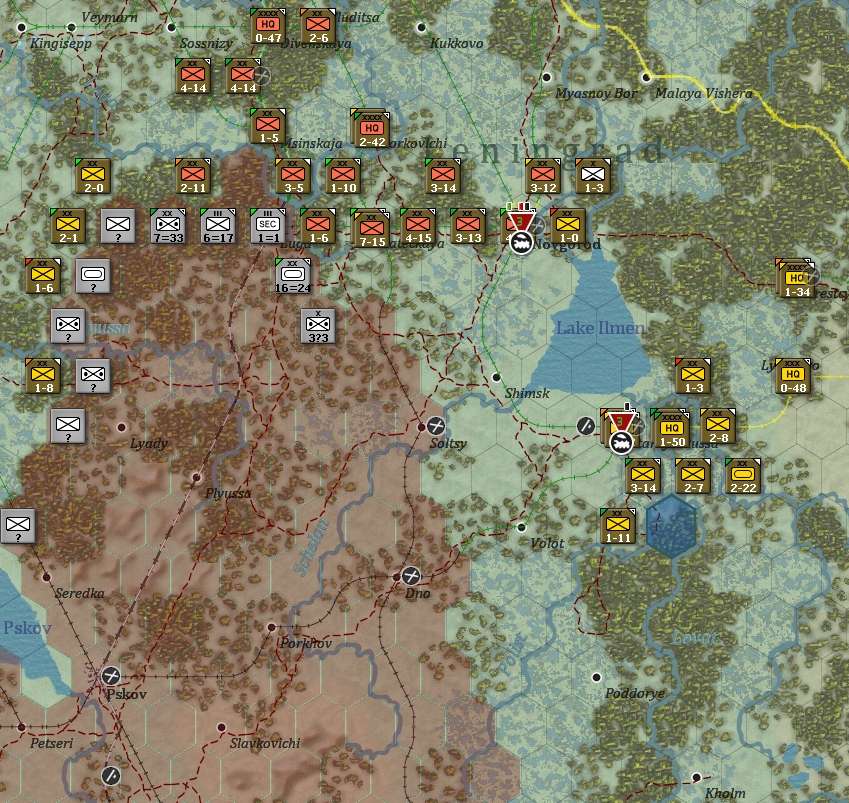
Command Preparation Points
We all know that before major offensives or when preparing a deliberate defensive operation the more time that you have to prepare pays dividends. This preparation time is now factored into the game and we call it Command Preparation Points (CPPs). CPPs are gained by units that have remaining strategic movement points at the end of the turn. However those units in a friendly hex that haven’t moved or fought at all will gain the biggest improvement. The more CPPs you have the better the effects. CPPs increase attacking CV, reduce fatigue due to movement and in defence improve the chances of calling in artillery support. However as units move and fight they lose the CPPs they have gained. Going hell for leather is no longer necessarily the best policy. A more considered advance, with units moving in echelon and taking advantage of the administrative movement rules, may be a more sustainable approach; even before logistics are factored in. CPPs are such a game changer in successful operations that we thought an extract from the manual would be of benefit to prove the point:
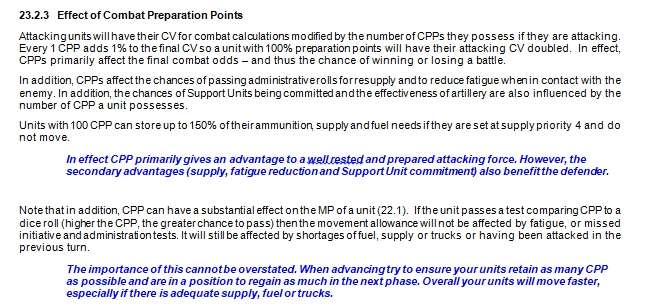
Assault HQs
Another new feature replicates the focus of the Staff on the operations of specific Armies and Fronts. Players can now designate a number of the high-level HQs as Assault HQs. This increases the command point capacity of the HQ so more units can be attached with no penalties. Subordinate HQs and Units also gain a number of bonuses from Assault HQ status: these include gaining Combat Preparation Points faster, an increased chance to pass support checks and extra artillery ammunition for soviet artillery before 1944. There is however a catch. Units under an Assault HQ can only build to level 1 fortifications.
Combat Delay
Combat Delay was first introduced in WitW. It represents the time consumed in a turn by combat within a hex and which doesn’t immediately impact on those units who did not take place in the attack itself, and therefore saved MPs. Depending on the amount of combat in a hex an extra charge of up to 9 MPs can be charged on a unit that is leaving the hex. This prevents the tactic of using infantry units to clear a hole in the line and then charging through with motorized units who have a full allocation of MPs. The screenshot shows not only the black star that indicates a combat delay but also the new symbols that remind players that movement is generating fatigue (teardrop) and losing CPPs (crossed swords)
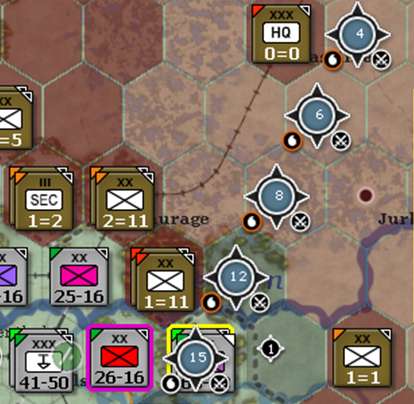
Together these four new elements pose the player with a whole new range of challenges, options and trade-offs. How you focus your staff effort and push your units will impact their ability to fight.
In our next post we are going to have a look at the new realistic weather system and the variation that it offers.
_____________________________
John
WitE2 Asst Producer
WitE & WitW Dev
|
 Printable Version
Printable Version






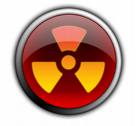




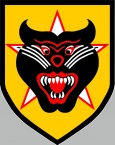






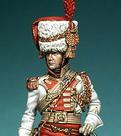



 New Messages
New Messages No New Messages
No New Messages Hot Topic w/ New Messages
Hot Topic w/ New Messages Hot Topic w/o New Messages
Hot Topic w/o New Messages Locked w/ New Messages
Locked w/ New Messages Locked w/o New Messages
Locked w/o New Messages Post New Thread
Post New Thread